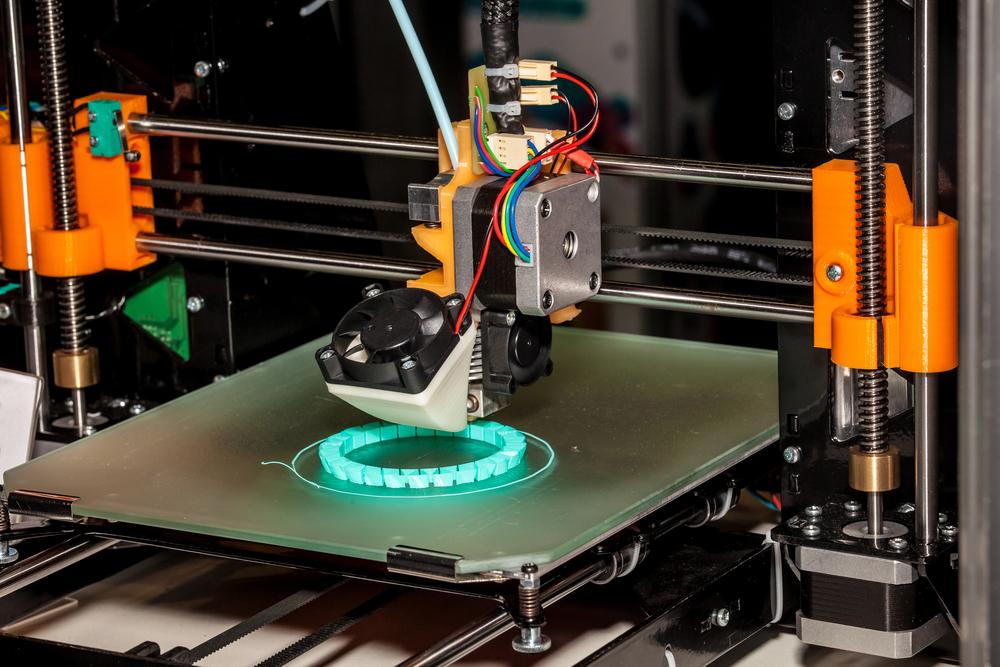Rapid prototyping is a software
development method in which things get instantly built using SFF or solid
freeform fabrication. A rapid prototyping or
working model can be constructed and tested for usefulness, speed, and output.
In the prototype, the new features or ideas can illustrate, and early consumer
feedback on the product can be gathered.
Collect
more accurate requirements:
Increased project costs get ascribed
to revisions caused by insufficient requirements. Because many people find it
difficult to conceptualise a product before seeing it, traditional
requirement-collecting methods such as interviews and focus groups can fall
short, show the functionality and help solidify criteria for the final design
by creating a functioning rapid prototyping.
Discovery
of Errors:
The advantage of prototyping is that
it enables you to discover mistakes early in the manufacturing process. As a
result, you have a better chance of rectifying these errors and making the
required changes. It allows the designer to alter the product before the errors
become expensive or unmanageable. Product flaws can be detrimental in any
business, but perhaps more so in the medical industry, where they are more
likely to cause injuries or fatalities, resulting in litigation and recalls.
Simply put, it is better to perform comprehensive design testing early rather
than later. Rapid prototyping can assist you in identifying issues during the
early phases.
Ideas
for Flexible Prototyping:
Engineers try a variety of intricate
designs to arrive at the ideal prototype. It was an expensive and
time-consuming task using conventional CNC machining techniques. Engineers can
use rapid prototyping to create and evaluate multiple prototypes without
breaking the budget. Engineers can now use 3D printing to create components
that would have been difficult to generate using traditional sheet metal
manufacturing or CNC machining. Furthermore, 3D-printed parts do not require
specialist tools to create a prototype.
Including
Invention:
Instead of viewing a product through
a computer, it enables you to engage with it and grasp the look and feel of the
design. Rapid prototyping expands possibilities by eliminating the constraints
of conventional testing. Designers can now build complicated forms and surfaces
that appear to get unachievable with traditional prototyping.
Attempt
Several Styles:
Because methods like SLS rapid
prototyping are quick but inexpensive, you can create multiple prototypes and
evaluate them side by side. It is comfortable if you want to demonstrate to
your customer several ideas, for example. It is both inexpensive and fast, and
you can make sample changes based on feedback, which will get produced in 3D
without delay. Furthermore, you will be able to evaluate various hues, shapes,
and forms in a hands-on way that will easily outperform any 2D design
documents.
Improved
and expanded user involvement:
Most customers want to feel as
though they are engaged in all aspects of their endeavour. Prototyping
necessitates user participation and allows them to see and engage with a
functioning model of their project. Customers can provide instant input,
request project changes, and modify model specs using prototypes. Most
significantly, prototyping aids in the elimination of errors and
miscommunications during the development process.
